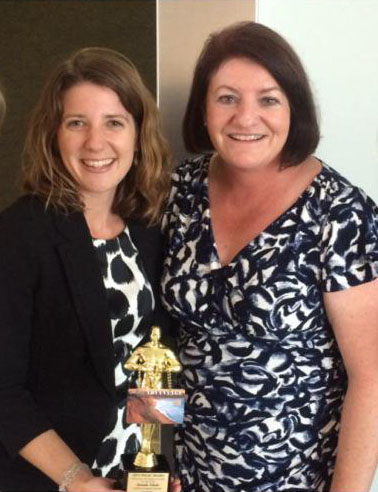CalFresh Task Force Aims to Connect Hard to Reach Populations: College Students and Immigrant Families in 2017 Priorities
/Low-income college students and immigrant families are the two food insecure populations the San Diego Hunger Coalition's CalFresh Task Force's is focused on connecting to the program in 2017.
The current administration’s stance on immigration has created fear and confusion among low-income immigrant families causing many to forgo accessing food assistance. Partners shared that immigrants (mixed status households and legal permanent residents) have expressed more concerns about CalFresh negatively impacting their immigration status. Together with our partners we are working to provide immigrant families and the public with accurate information and resources while also collaborating on ways to adapt and evolve programming to meet the needs of this portion of our community. At the Task Force’s regional meeting in May the Hunger Coalition welcomed David Loy, Legal Director for the ACLU of San Diego and Imperial Counties and Itzel Guillen, Human Rights Organizer for Alliance San Diego who shared their expertise on the rights of immigrant families when it comes to accessing food assistance.
David Loy, Legal Director for the ACLU of San Diego and Imperial Counties presents on the rights of immigrant families and accessing food assistance at the May CalFresh Task Force regional meeting.
The Task Force's work with college students stems from recent state program updates clarifying and expanding college student CalFresh eligibility and from recent studies that indicate high prevalence of food insecurity among college students. A recent report from the University of Wisconsin shows that two thirds of community college students are food insecure.
The Task Force’s is also focused on improving the CalFresh application process. This year’s process priorities stem from challenges San Diego residents reported to local community partners while trying to access CalFresh benefits. These priorities aim to make the application process easier by improving two of the top three reasons why otherwise eligible applicants are denied benefits: the ability to complete the required CalFresh interview and the ability to easily submit necessary verification documents. After receiving in-depth feedback on these issues from the CalFresh Task Force partners, the Hunger Coalition is working closely with the San Diego County Health and Human Service Agency (HHSA) to identify opportunities to improve internal County processes to resolve the issues identified and further streamline the application process.
As the facilitator of the CalFresh Task Force, the Hunger Coalition will support work to outreach to college students and immigrant families by bringing organization representatives from these populations together with members of the Task Force and the County of San Diego HHSA to collaborate on ways to more effectively connect people in need to food assistance and to ensure these partners have a consistent understanding of eligibility regulations. By bringing external partners to the table with CalFresh application assistance agencies and County HHSA representatives, stronger partnerships with unique perspectives can develop. The Hunger Coalition provides support and expertise in external meetings to develop new or tailored strategies to meet the needs of specific populations. Once partnerships are established, organizations are invited to report back to the CalFresh Task Force regarding their progress, lessons learned and best practices.
At the end of the year, the Task Force will recap the progress made to provide direct application assistance to this year’s priority populations.
































